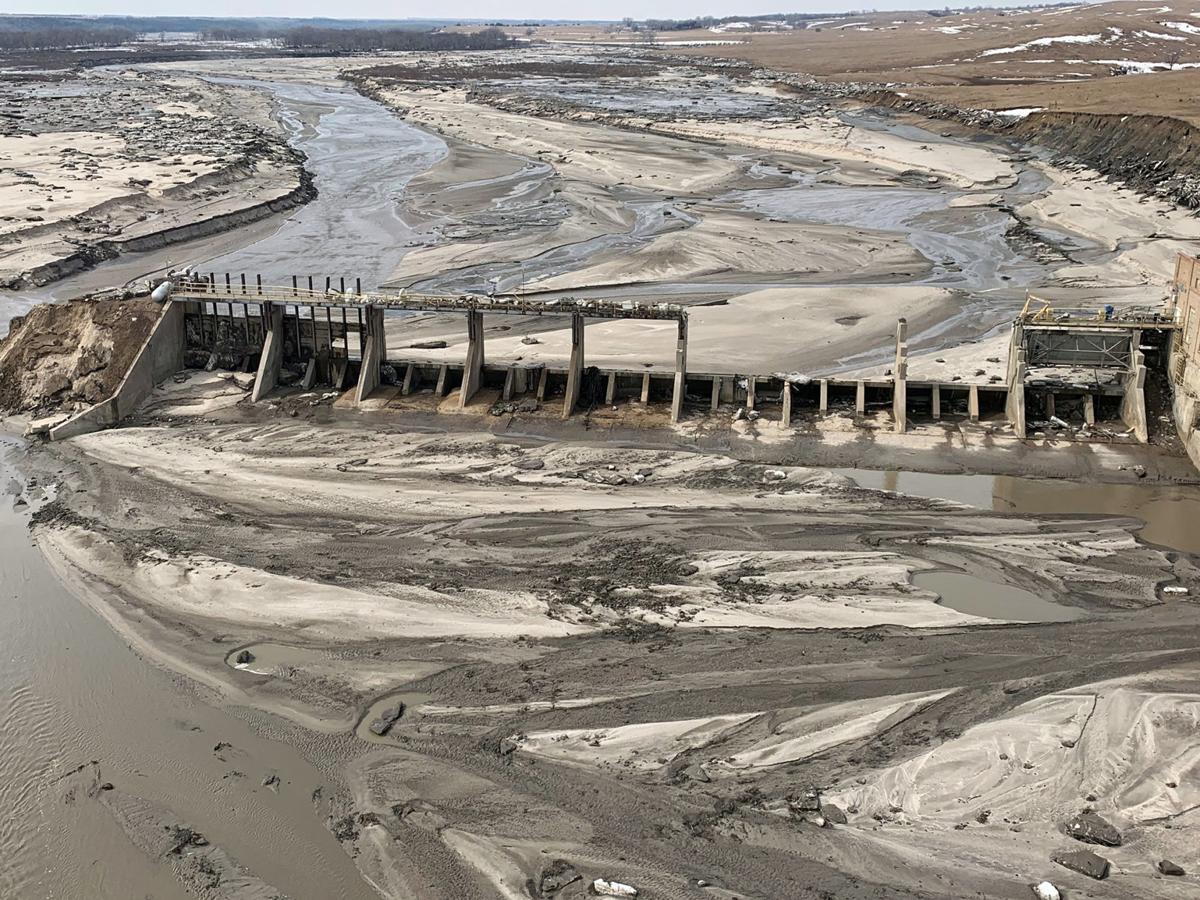
In the spring of 2019, historic flooding from the nearby Missouri River temporarily wiped out electricity, water and roads into Santee, the principal village on the Santee Sioux Reservation and the home of one of three Nebraska Indian Community College campuses. Residents were forced to evacuate and relied on water and food donated from nonprofits and other tribes in the immediate aftermath. The human impact of the flooding was devastating, said Hank Miller, director of Natural Resources and head of the Math and Science Division at NICC.
Now, Miller and additional NICC faculty and students are partnering with the University of Nebraska-Lincoln School of Natural Resources to examine the ecological impact of the 2019 floods. Together, an NICC and UNL SNR team will explore how the floods reshaped the Missouri River and the ecological makeup of the surrounding area.
The partnership is funded by grants from the U.S. Department of Agriculture and Nebraska State Climate Office, said NSCO director and associate professor Martha Shulski. And the official partnership is the culmination of nearly a decade of collaboration between Shulski, a climatologist, and Miller, a biologist and ecologist.
“He and I have worked together for nearly 10 years now informally, but we finally got something funded,” Shulski said. “Over time, we got to know one another and developed a relationship with shared goals and a deep understanding of our communities.”
In 2014, NICC faculty and students embarked on a NASA-funded project to examine the impacts of climate change by gathering and comparing a variety of weather data from sources that included newly installed weather stations on the college’s three campuses. Shulski, then with the High Plains Regional Climate Center, helped Miller set up the weather stations and interpret the data pouring in from them.
“With anything on the landscape that they’re studying, weather is an important part of that,” Shulski said.
In the years that have followed, Miller has periodically checked in with Shulski for advice when his students have worked on climate- and weather-related projects, such as a study that involved local weather’s influence on native prairie plant succession rates.
“Because I do life sciences, I'm really interested in ecological settings,” Miller said. “I'm not a climatologist, but I need that information. I need to use that in my curriculum in my classes. We use this data for our NASA research, our weather stations and other data that the State Climate Office offers, and she's always helped us organize that and come talk to our students. That's been going on a long time.
“Our students understand climate change. It's very indigenous to be attuned to the environment. It's cultural. Martha understands that. When we approach a project, or when we're looking at something and coordinating on things, she understands that Native connection. Putting all those environmental pieces together is really easy with Martha. Our students really respond well. This partnership has really helped with the curriculum. We've built a lot of climate material that Martha has provided into the curriculum.”
With grant money in place, the two will lead multiple research efforts to see what flooding did to the three communities where NICC campuses are located. The project will begin in Santee and expand to the South Sioux and Macy campuses. With GIS imagery and historical weather data, students and faculty will examine how plant composition, stream and channel flow, sedimentation rates and other components of the ecosystem operated before and after the flood, and what changes, good and bad, occurred. After they study the 2019 flood, Miller said examinations of the 2012 drought and 2011 flood are likely.
"There's no end to what we can put into this project,” Miller said. “My mind goes crazy with all of the possibilities. We've been trying to partner for years. I read the grant proposal and said, 'This is kind of what we've been looking for, being both a faculty research and student research project.’ We are getting the students involved and expanding the research we are doing on the Missouri River to include historical data, pre-flood and post-flood. We've been working on incorporating drones and utilizing our boat to get out on the river and get hands-on plant samples. The fit was really good.
"It was just a phone call, and Martha said, 'Yeah, let's roll on this.' So that's what we did."
Cory Matteson, SNR communications